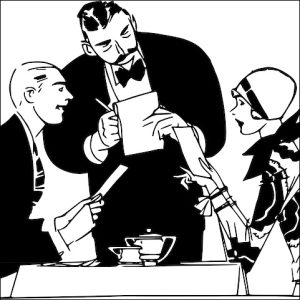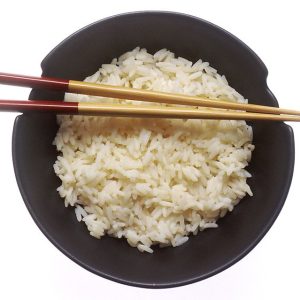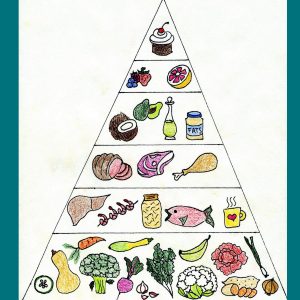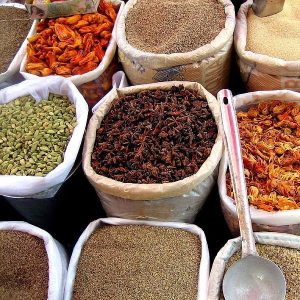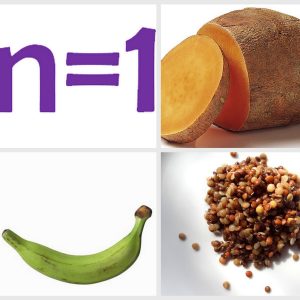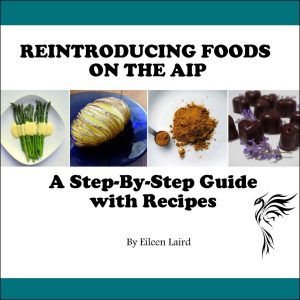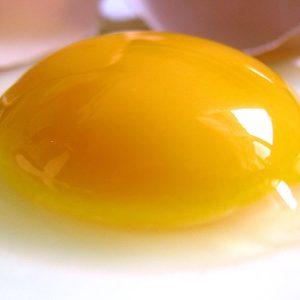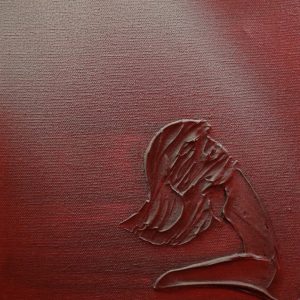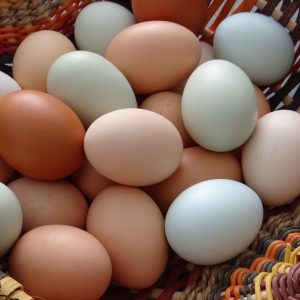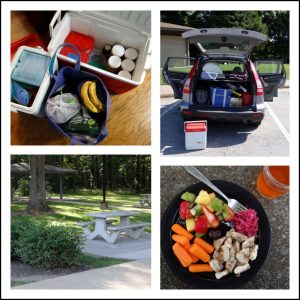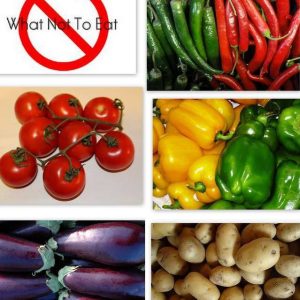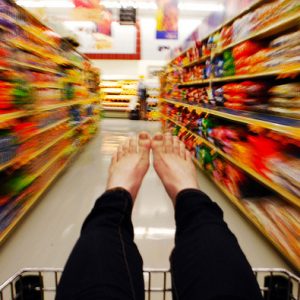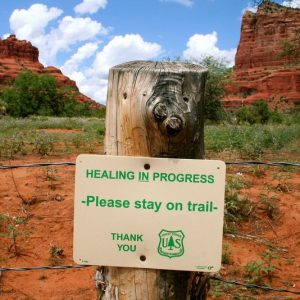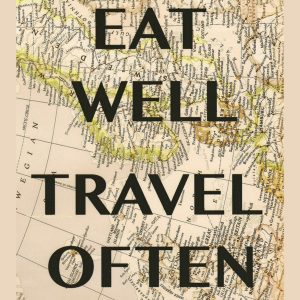Top 5 Mistakes People Make Reintroducing Foods
The paleo autoimmune protocol (AIP) has two phases: (1) eliminating potential food triggers temporarily, and (2) reintroducing them very carefully, to see how your body responds. It’s this second phase where we learn to communicate with our bodies, receiving clear messages on the foods that nourish us vs. the foods that harm us. This is very unique to each individual, and an empowering step in personalizing your diet to optimize healing. Have you tried to do food reintroductions but found the whole process really confusing? Or are you curious about the process and don’t know where to begin? In this article, I highlight the most common mistakes people make and teach you how to do it right.

